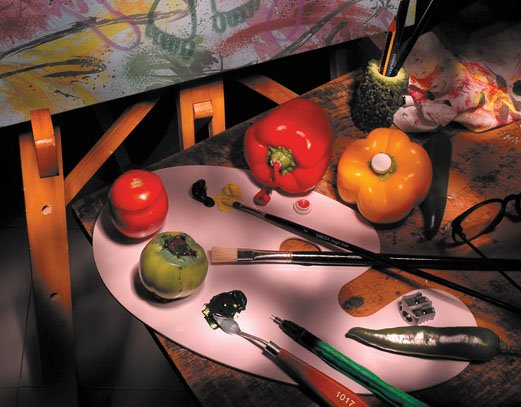Animal Photography
Animal photography can be of wild and untamed animals or it can be of domestic or pet animals. Both are interesting subjects to photograph, but we have to take different approach.
Even if an animal, which is our pet, that has to be shot with patience. We must consider their mood and their resting time. We can compare this shoot with child photography, where the subject is not going to take any directions and obey our order.
Keep the shooting schedule after the animal's resting time and nap. Feed them properly. Then the animal will be in a playful mood and it will give good shots with expressions.
We can use studio flash lights and portrait light settings for this shoot. Use of semi tele-lens, (105 mm to 200 mm on 35 mm format full frame camera) is ideal. This lens compress perspective in a pleastng manner, and also provide a good shooting distance, which is a must for animal's comfort and equipment safety.
We can use available and natural light for animal photography. Shoot also can be done on outdoor location like a garden or a beach. However, be sure that the pet is completely under our command and it is not becoming a danger for people in public place.
Wild and untamed animals need different strategy. This shoot is a wild life photography and we may have to hunt for the right location on right time. Here, we may have to wait for hours (or may be days) for the animal to come on the right spot. Find a pond or a lake, where animals are likely to come for drinking water. We may also find a place, where the animal is living with their babies. However, this approach is dangerous with wild animals, as any mother will be furious and she will attack if any other animal (or person) enters in their territory.
A hide is useful, when we have to go close to timid animals. It is also useful for our protection. Hide can be fabricated with metal pipes, or it can be made with natural material available on the location.
Another approach is, we can use remotely operated camera, or a camera with movement sensitive trigger. In this case, mount the camera on a spot, where the animal is likely to come. Professional wild life photographers use this technique with multiple cameras, so chances are increased. Yes, luck plays its role, and be prepared to see a picture of some other animal, which you are not targeting.
Apart from planning and study, patience is required for animal photography.
Return back to tips page from this page : animal photography
Return back to Home page

